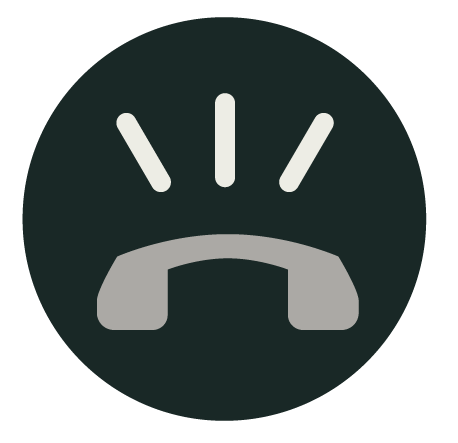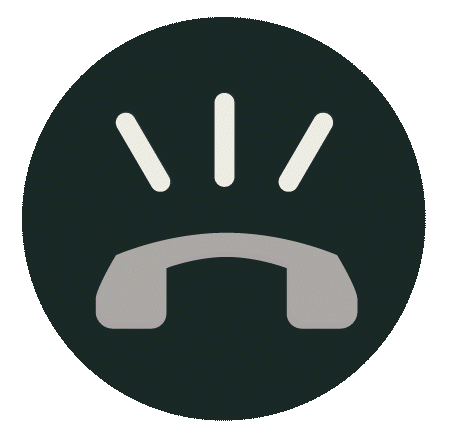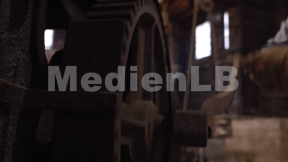 Biology, Primary School
Biology, Primary School


4670850 / 5560956
Huhn und Ei
Haltung und Mythen
Erstaunliche Zahlen im Zeitalter der Vogelgrippe: Über 18 Milliarden Eier werden jährlich in Deutschland verzehrt und über 10 Kilo Geflügelfleisch landen durchschnittlich im Magen eines jeden Bürgers. „Schau Dich schlau!“ widmet sich heute einer der leckersten Erfindungen der Natur: dem Ei und dem Huhn.
Hühner legen entweder als Legehennen Eier oder wachsen als Masthuhn innerhalb von wenigen Monaten zu einem Brathähnchen heran. Legehennen sind extrem effektive und genügsame Eierlegemaschinen. Täglich ein Schnapsglas Wasser und eine Hand voll Körner und schon wird ein Ei produziert. Und das an fast 300 Tagen im Jahr.
„Schau dich schlau!“ zeigt, wie ein Ei entsteht, warum es oval ist und woran man erkennt, wie frisch es ist. Doch wie schaut es aus mit den verschiedenen Haltungsmethoden und Güteklassen? Was bedeuten Boden-, Käfig- oder Freilandhaltung eigentlich? Schmeckt man den Unterschied? „Schau dich schlau!“ macht den Test.
Außerdem wirft das Team um Joey Grit Winkler und Fero Andersen einen Blick auf die aktuelle Forschung. Wissenschaftler prüfen nämlich, ob sich in einem Ei Wirkstoffe züchten lassen, die dem Menschen als Grippeschutz dienen können.
Und schließlich stellt „Schau dich schlau!“ natürlich die Frage aller Fragen: Was war zuerst da? Das Huhn oder das Ei?


Curriculum-centred and oriented towards educational standards
Matching
Gütesiegel
Gütesiegel wie das „Bio-Siegel“, „Blauer Engel“, „Stiftung Warentest“ und bis zu 1.000 weitere Siegel repräsentieren Eigenschaften wie Nachhaltigkeit, Gesundheit oder Sicherheit bezüglich eines Produkts, einer Dienstleistung oder auch eines Unternehmens.
Fake News
Otto von Bismarck sagte einst: „Es wird niemals so viel gelogen wie vor der Wahl, während des Krieges und nach der Jagd.“ Auch er selbst nutzte gefälschte Nachrichten, heute nennt man sie „Fake News“, um einen politischen oder strategischen Vorteil zu erlangen.









